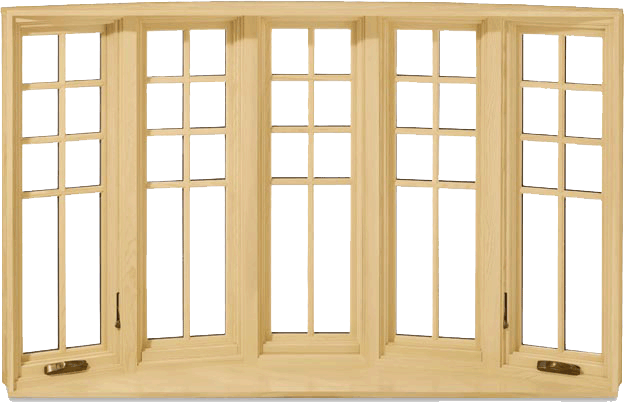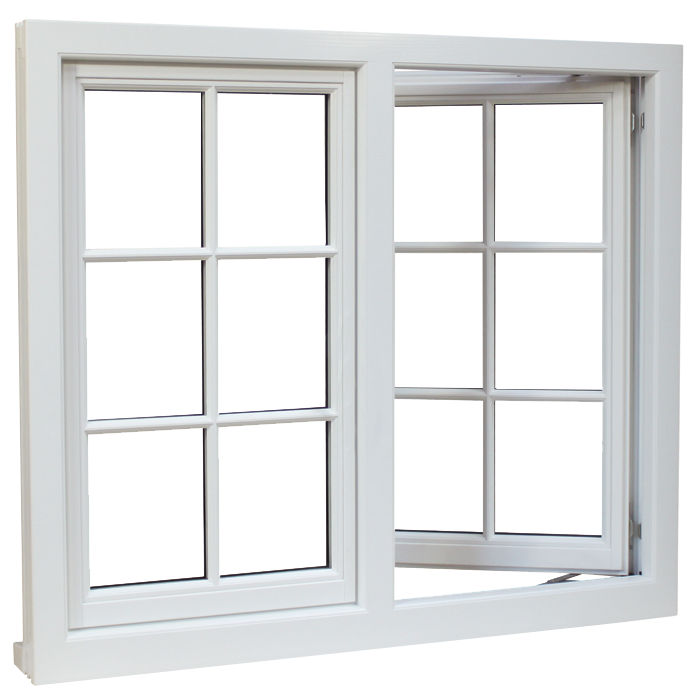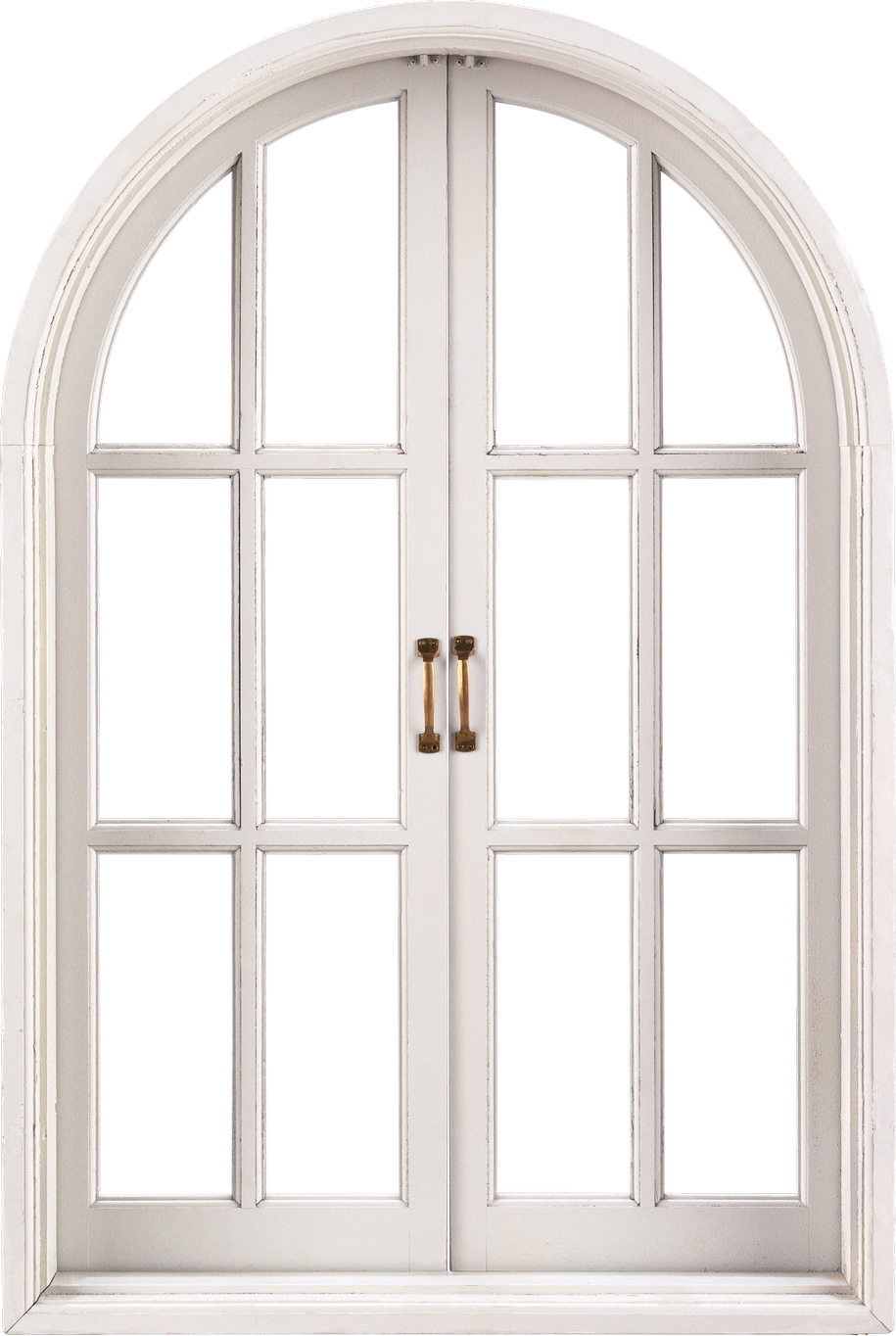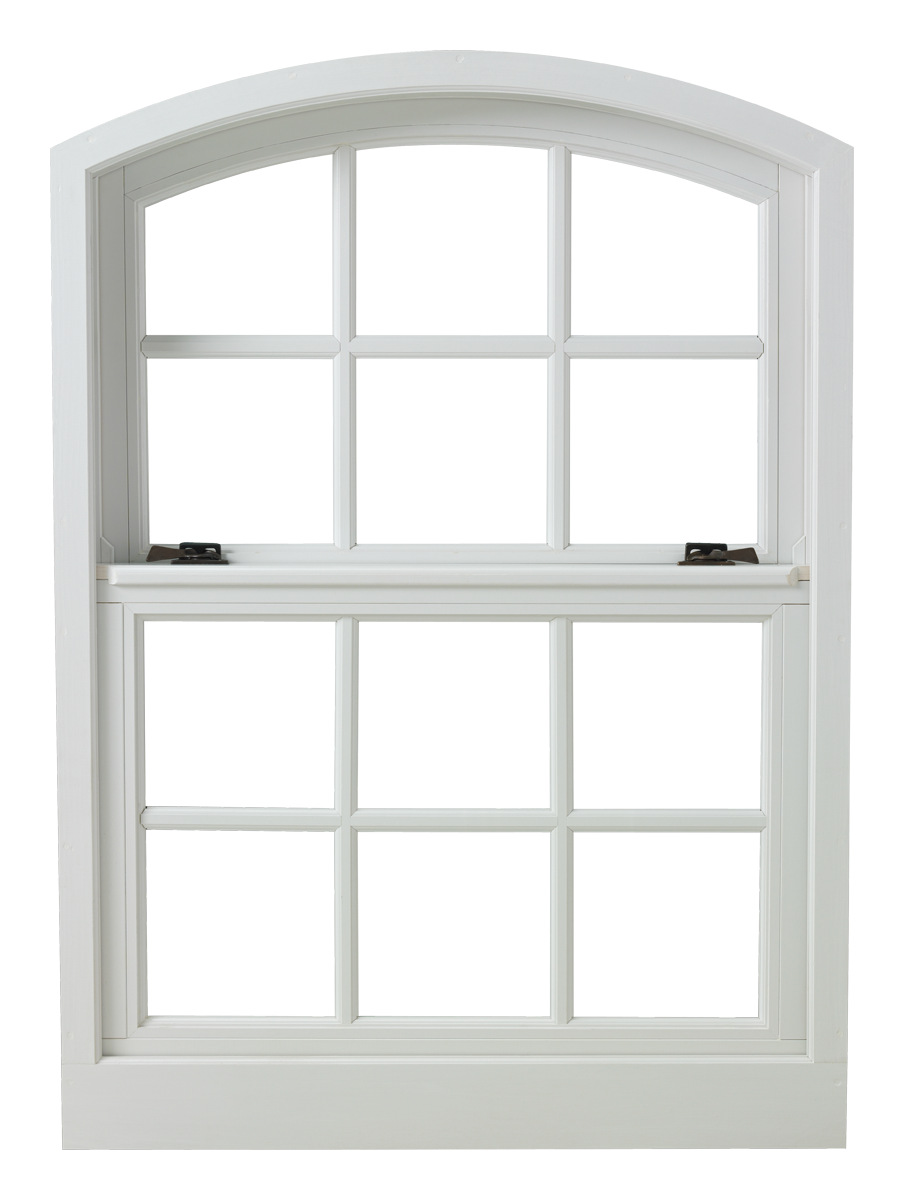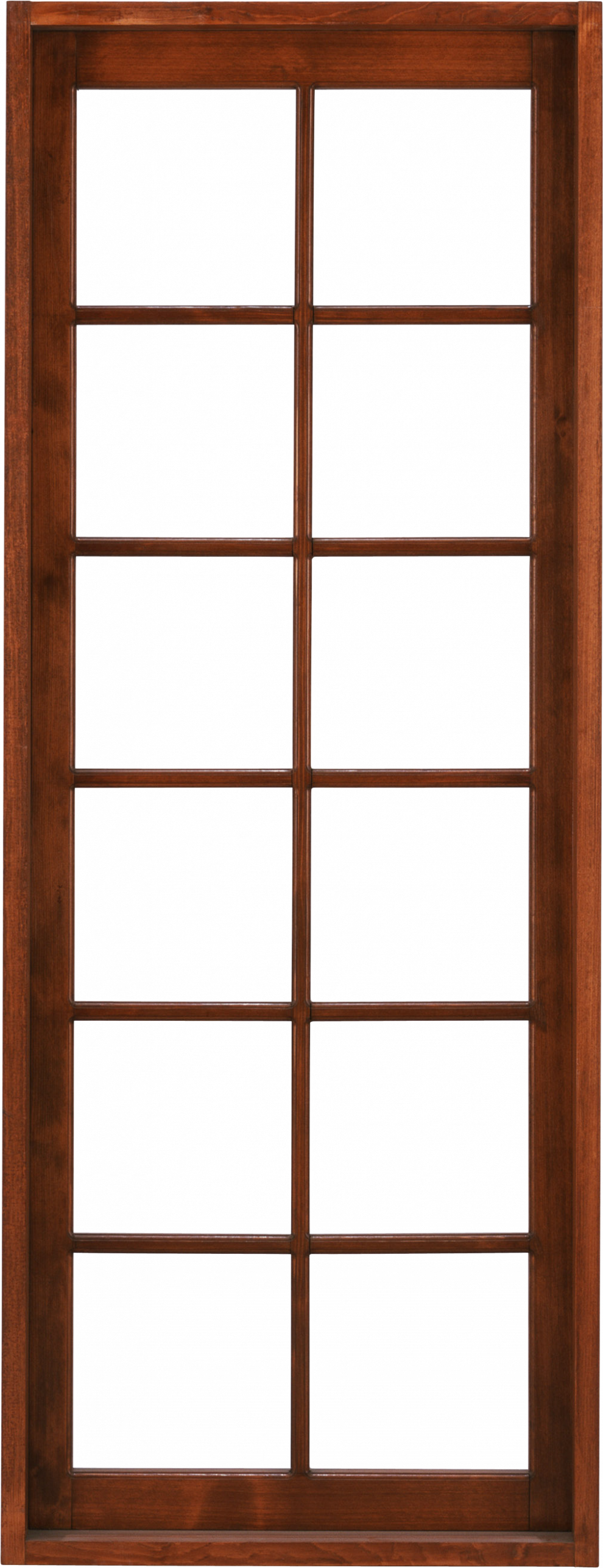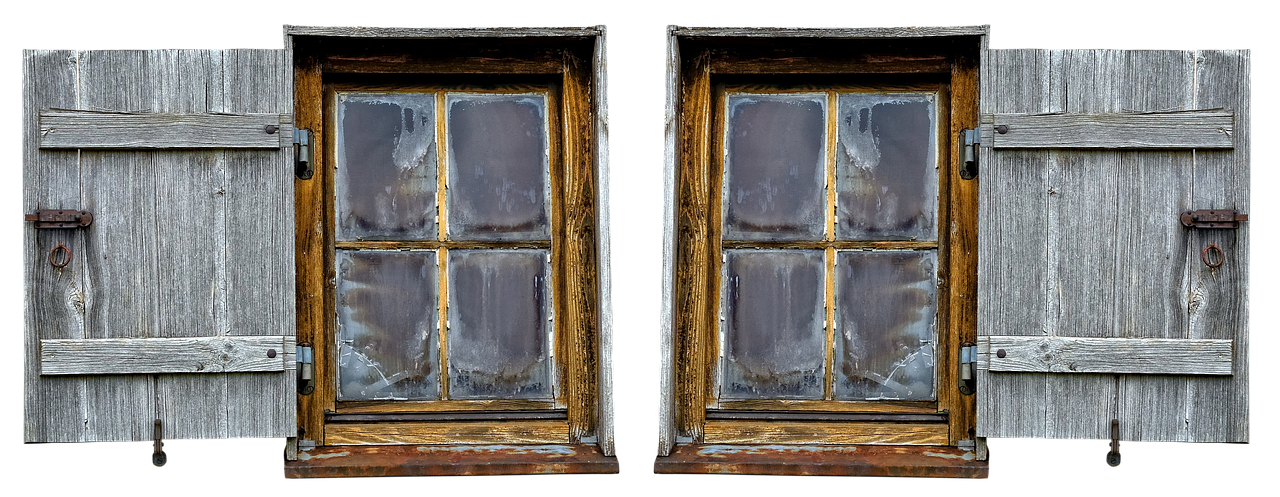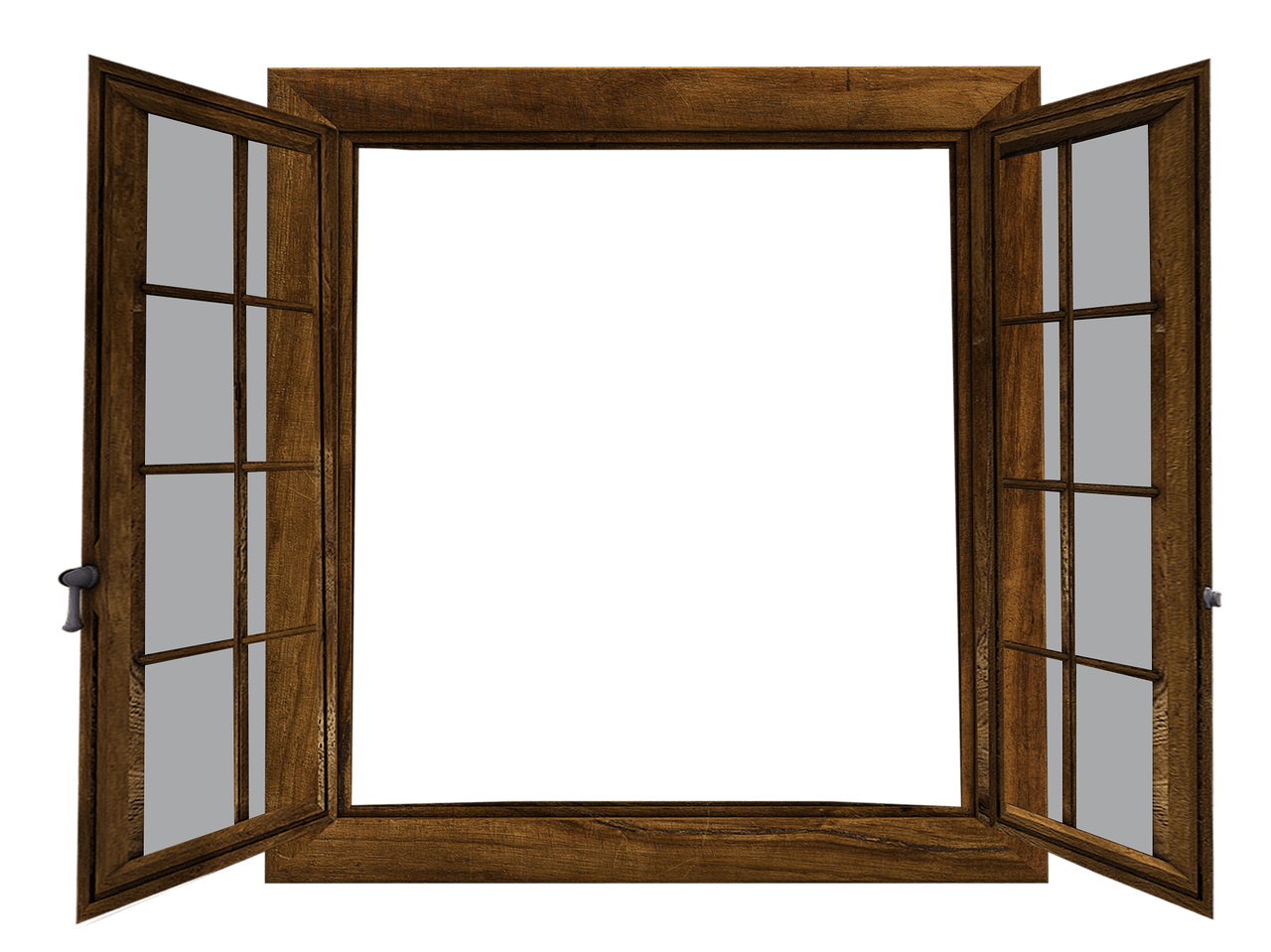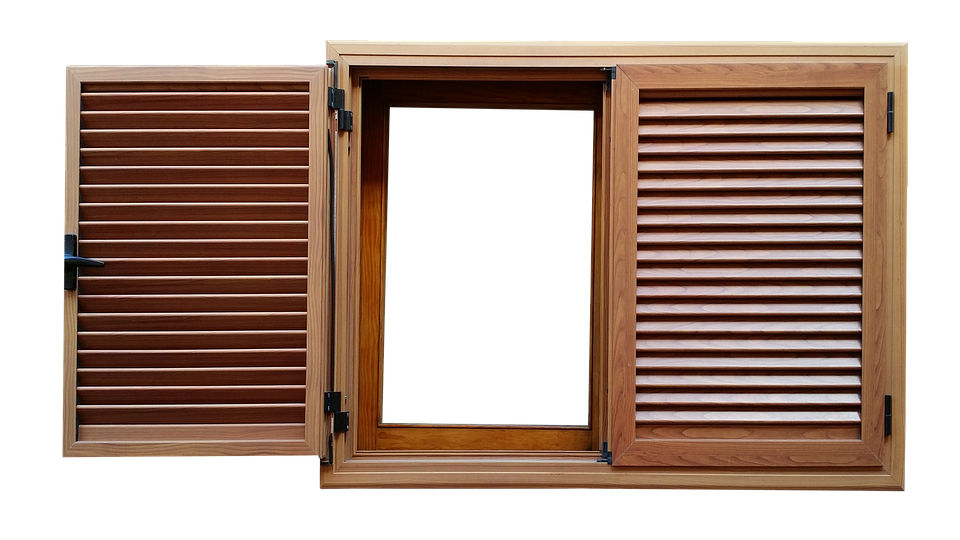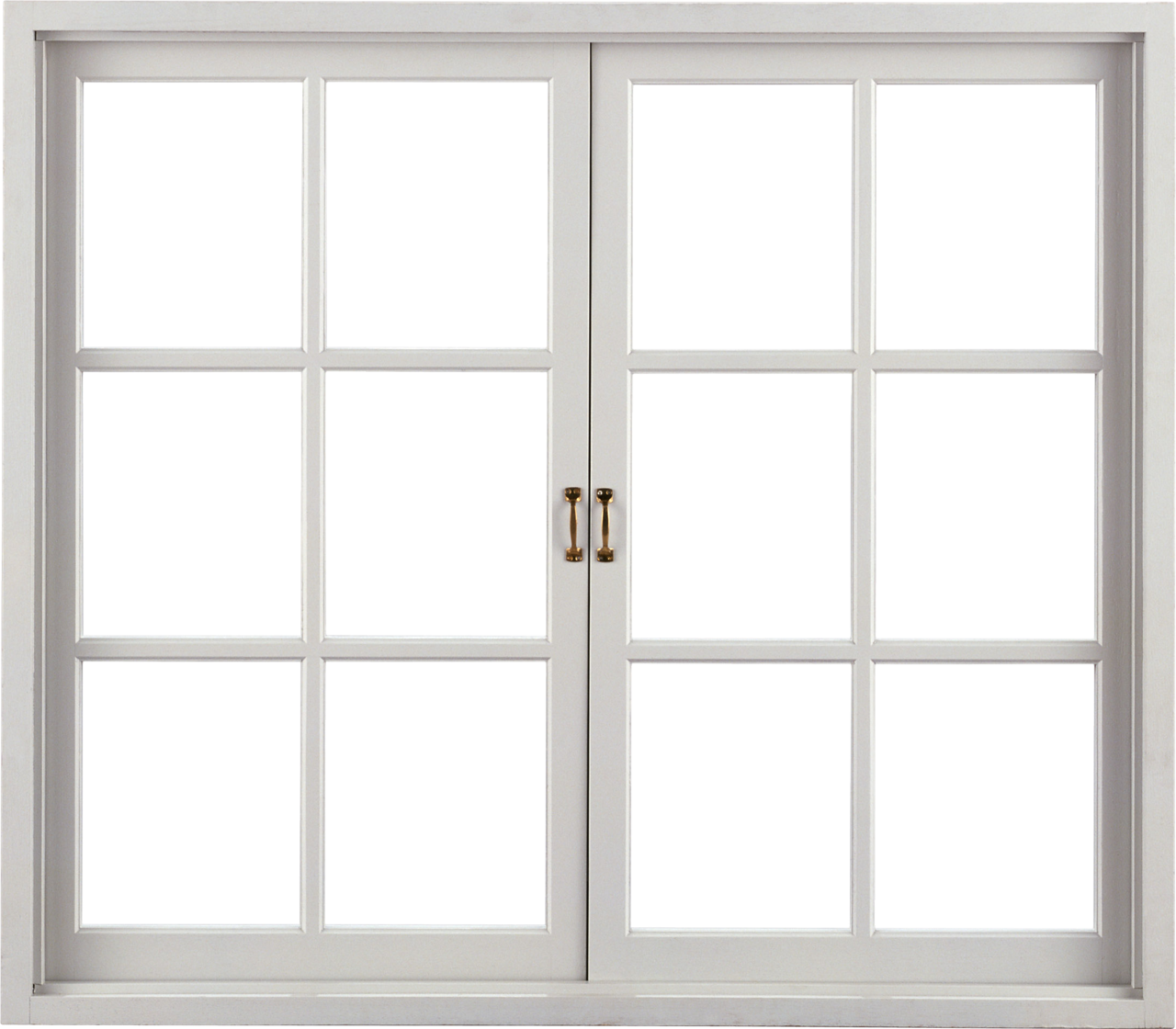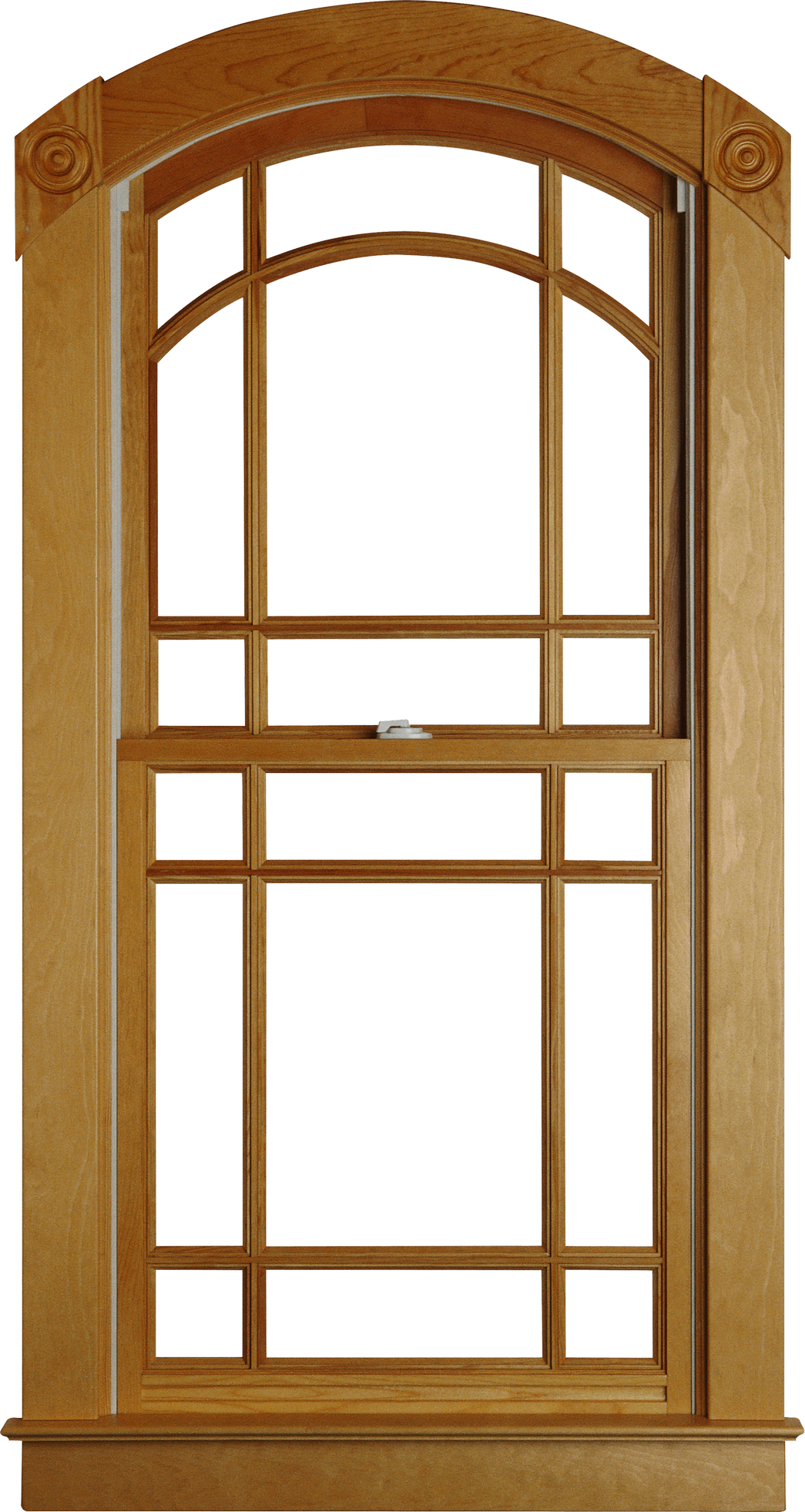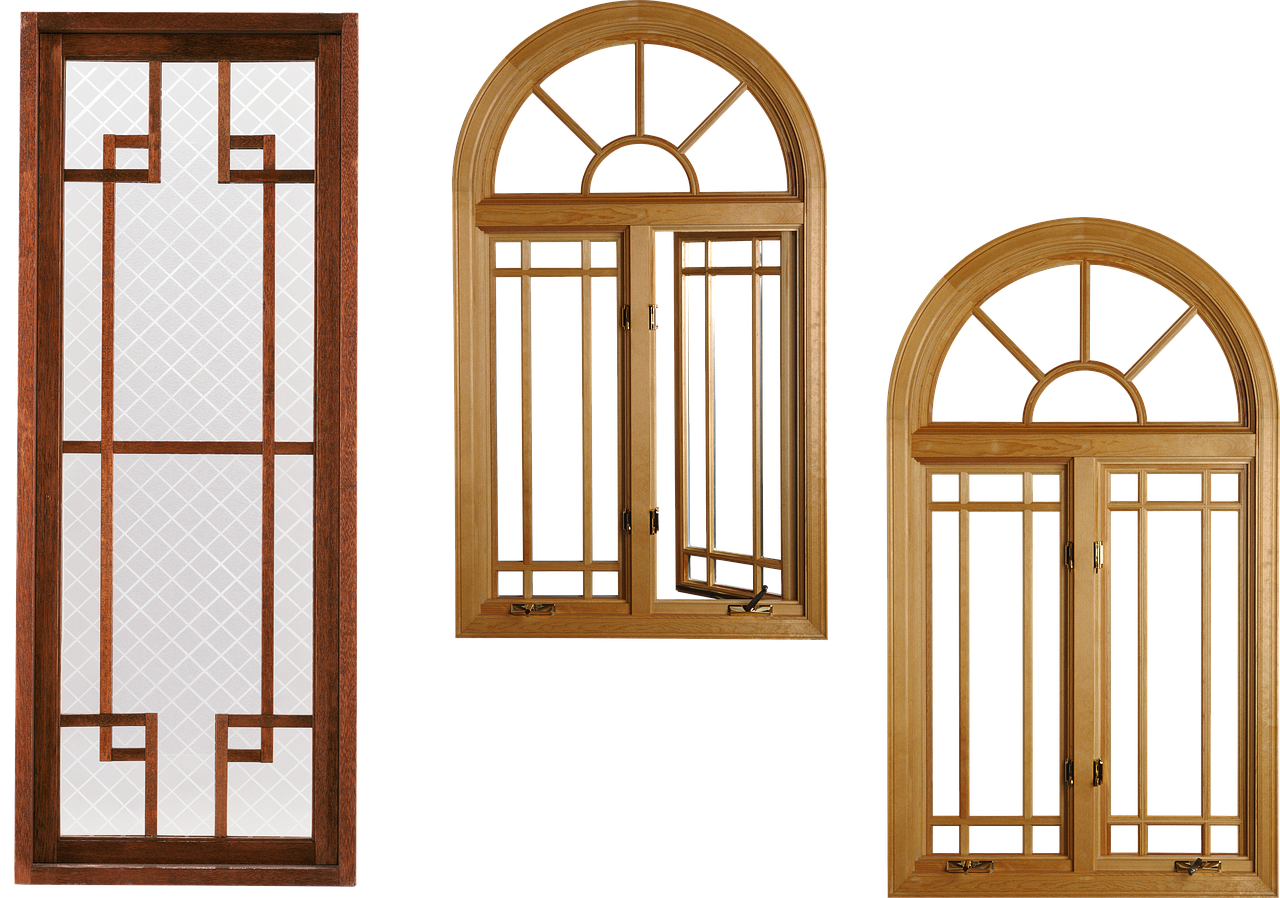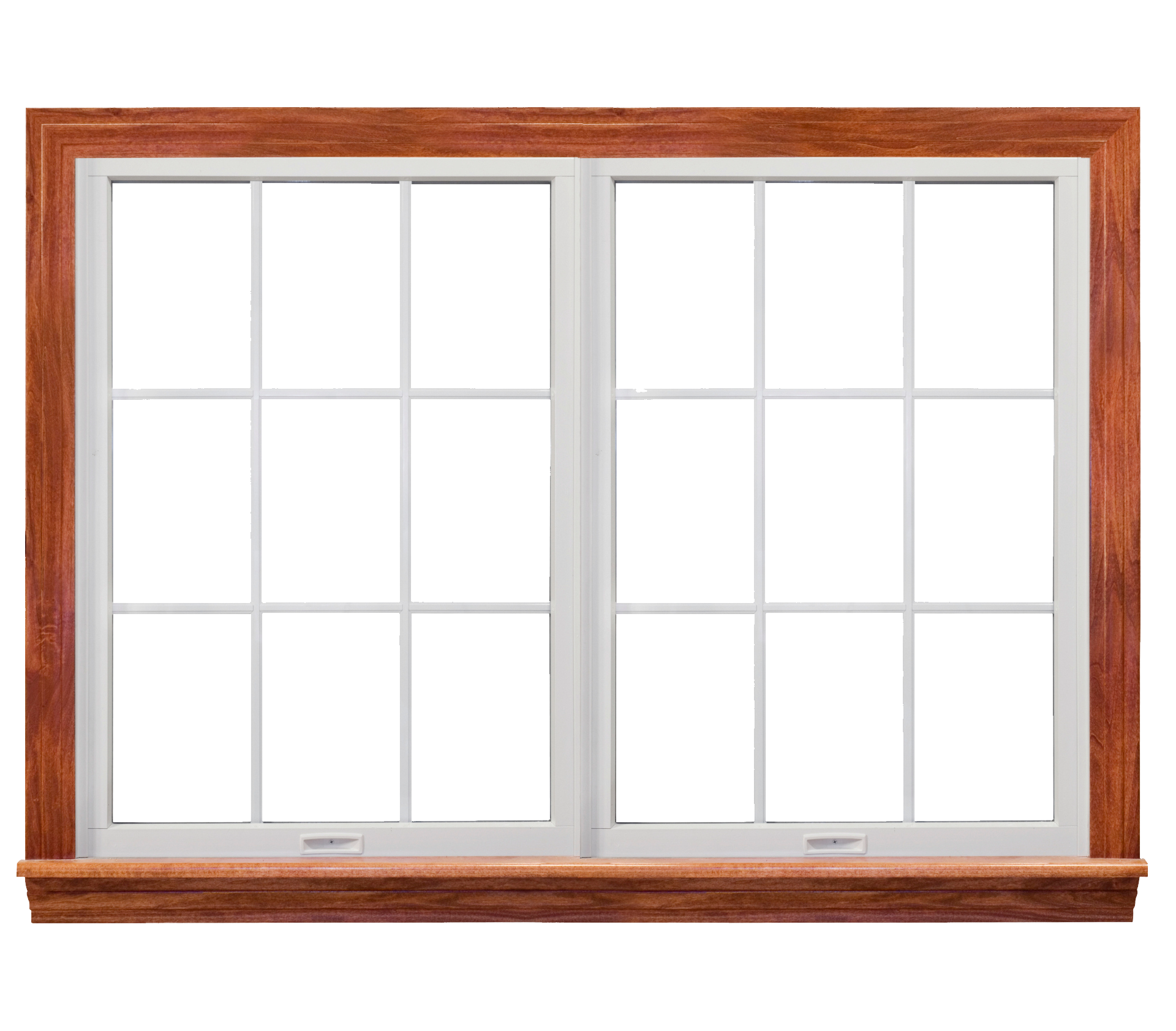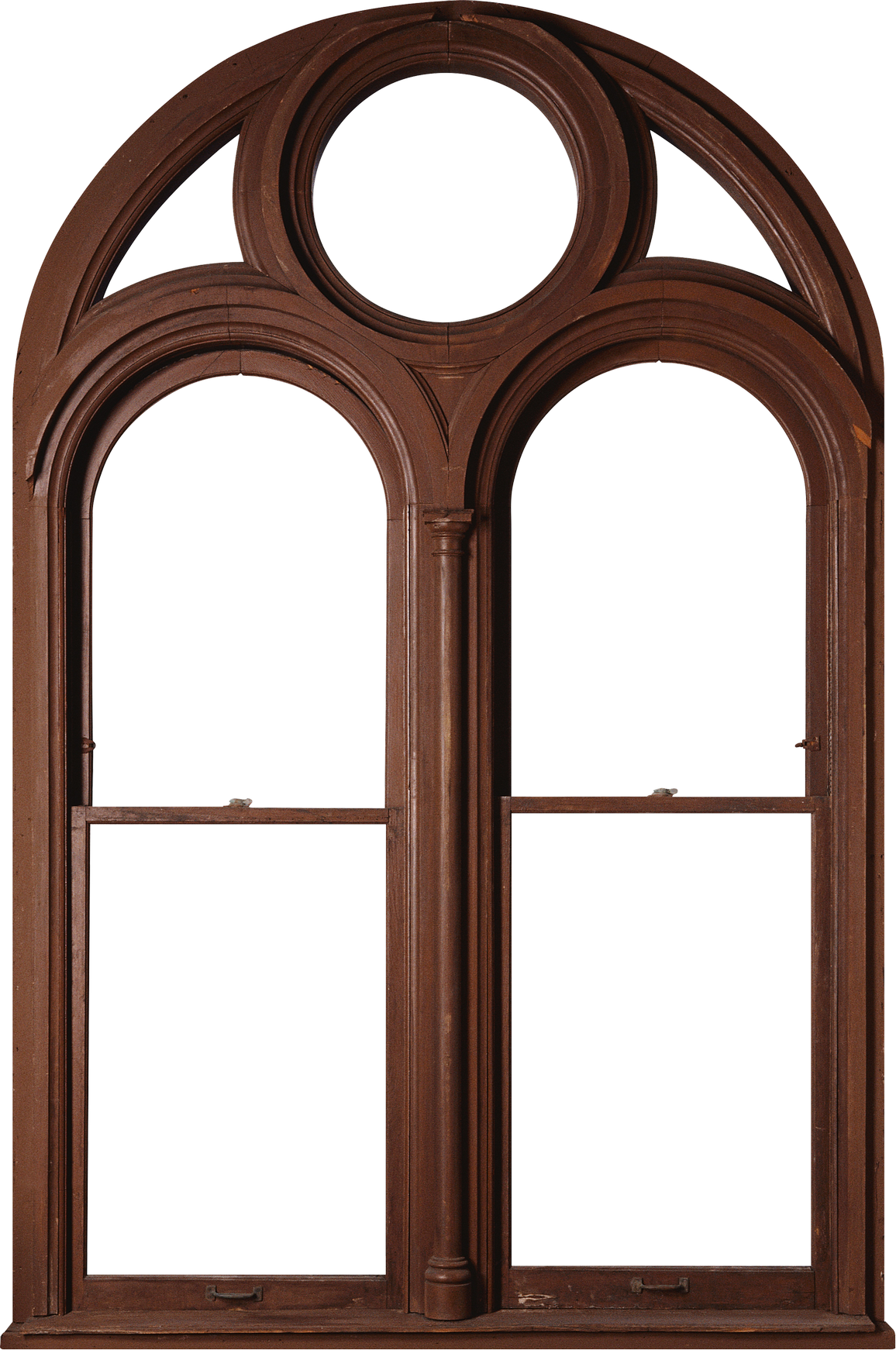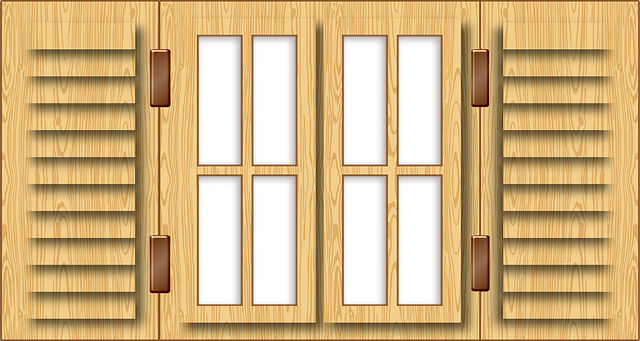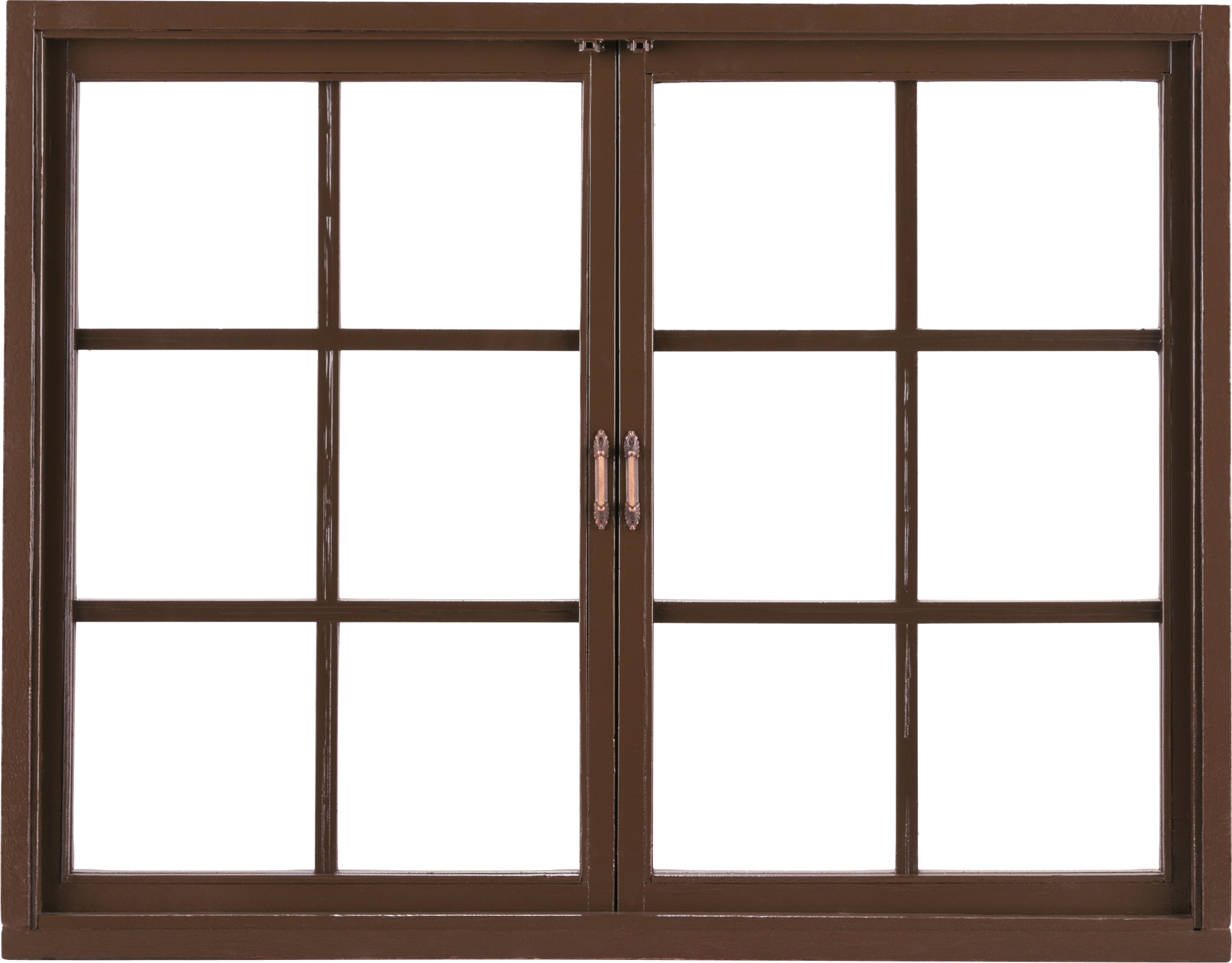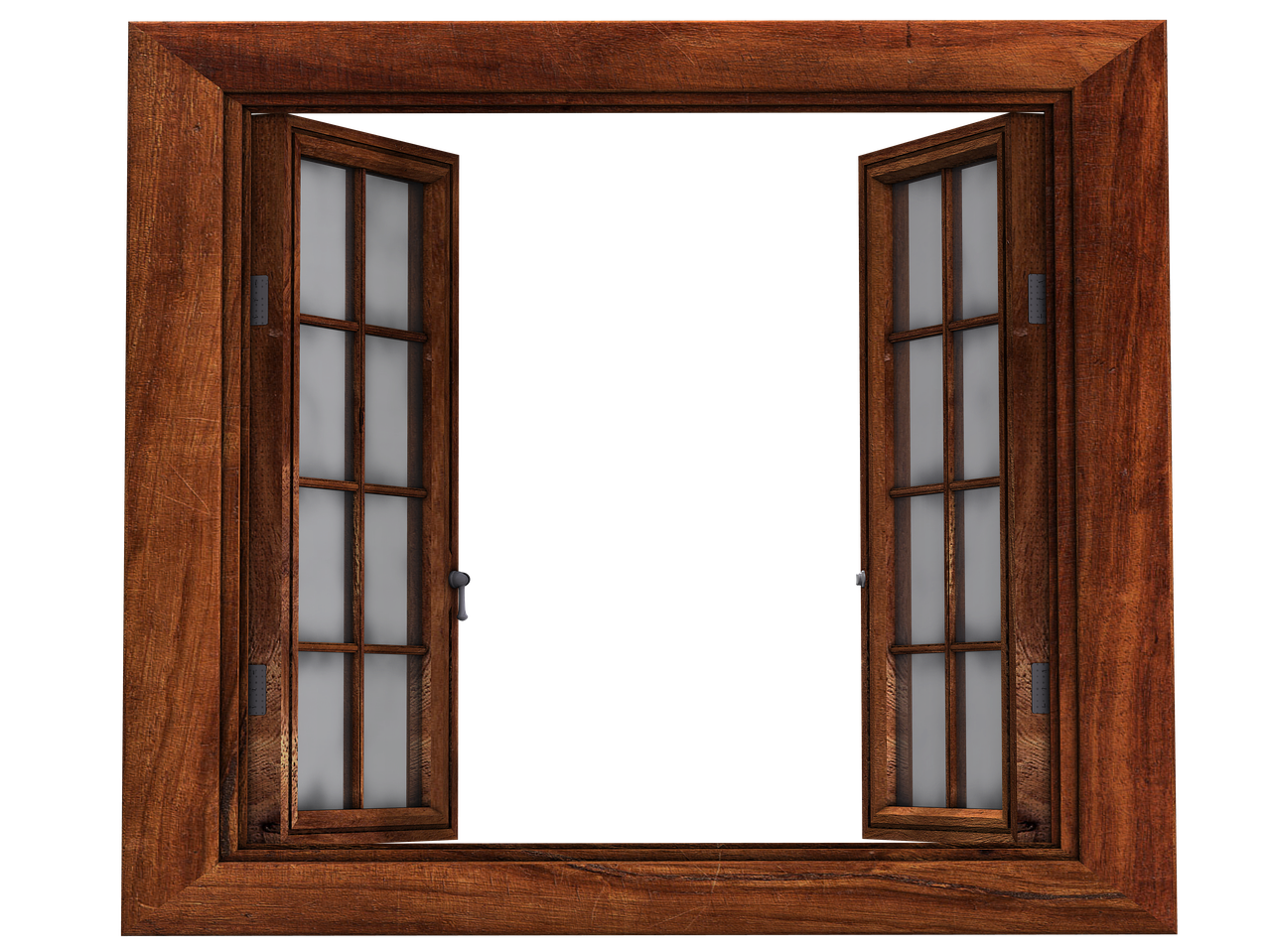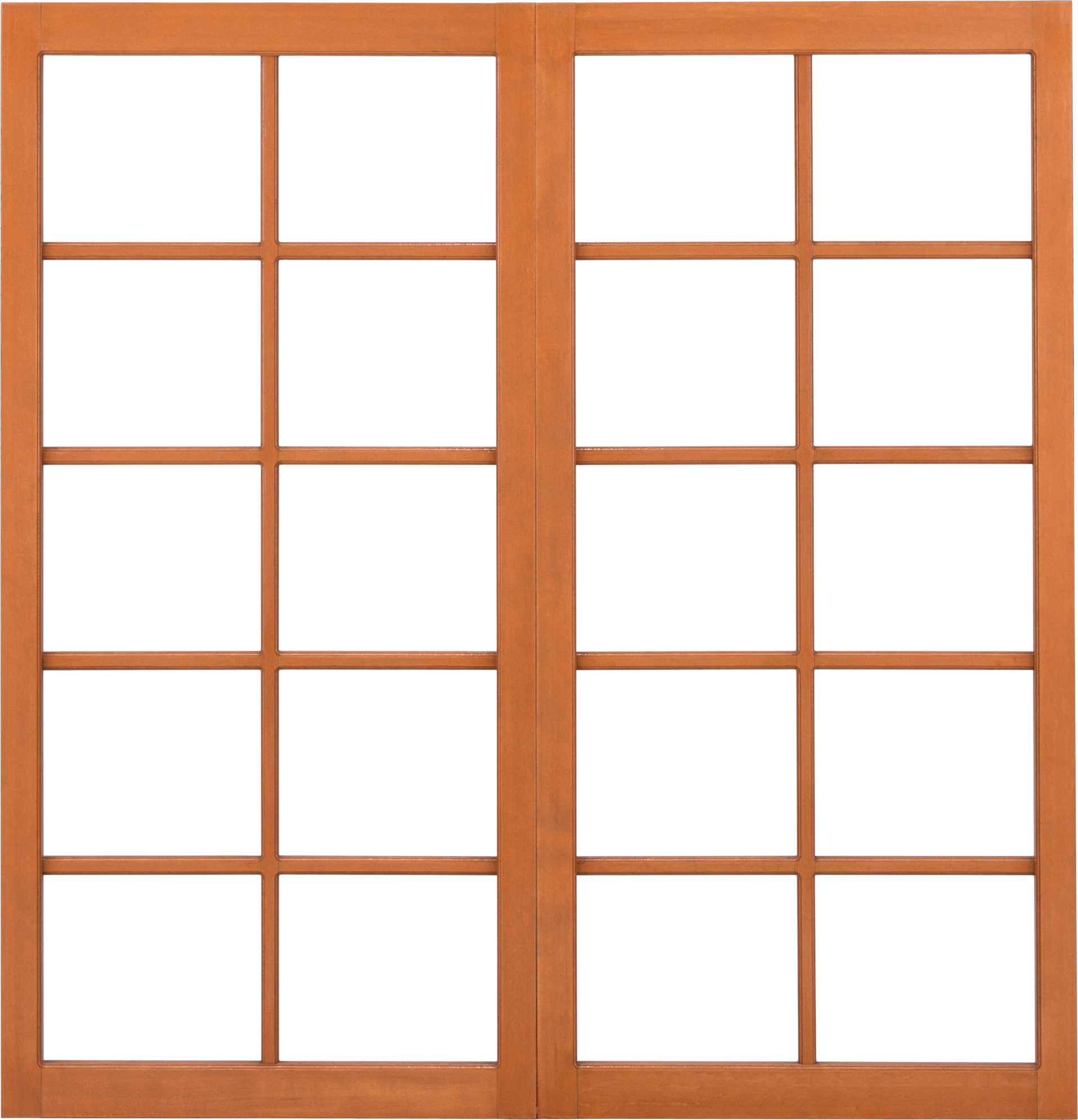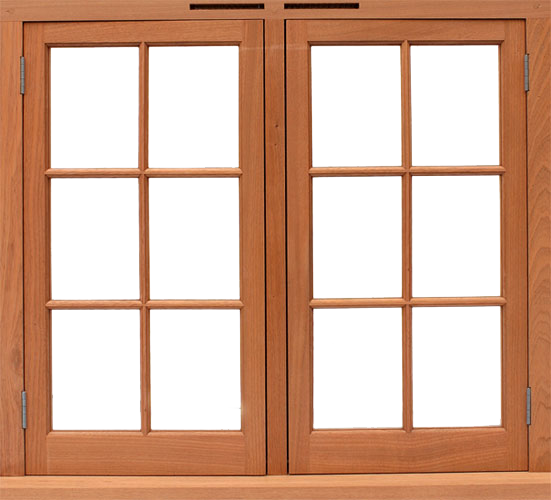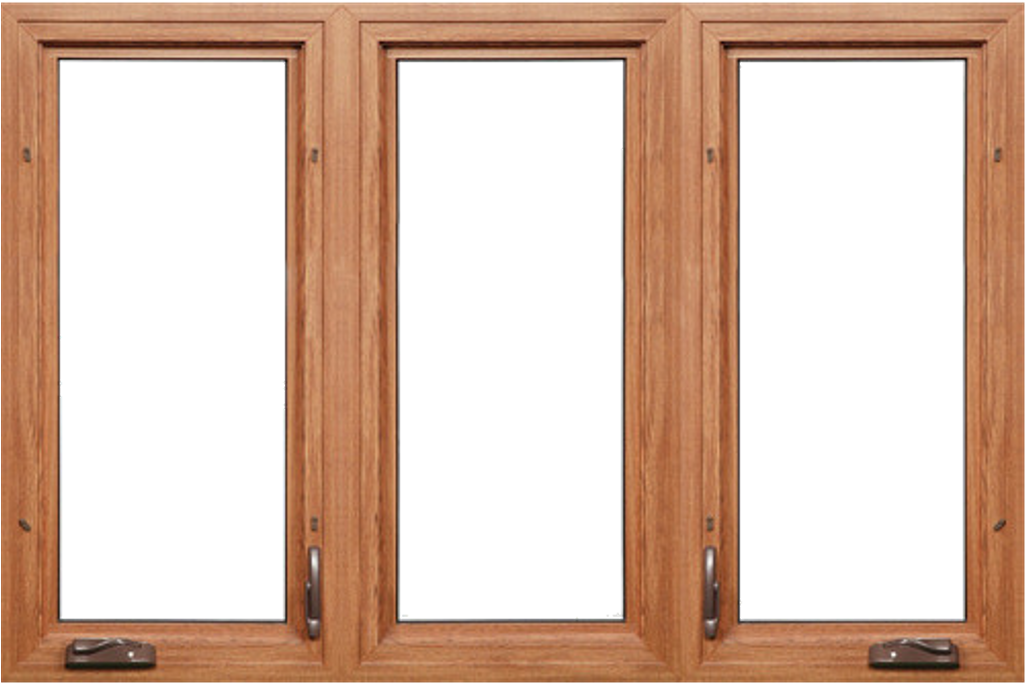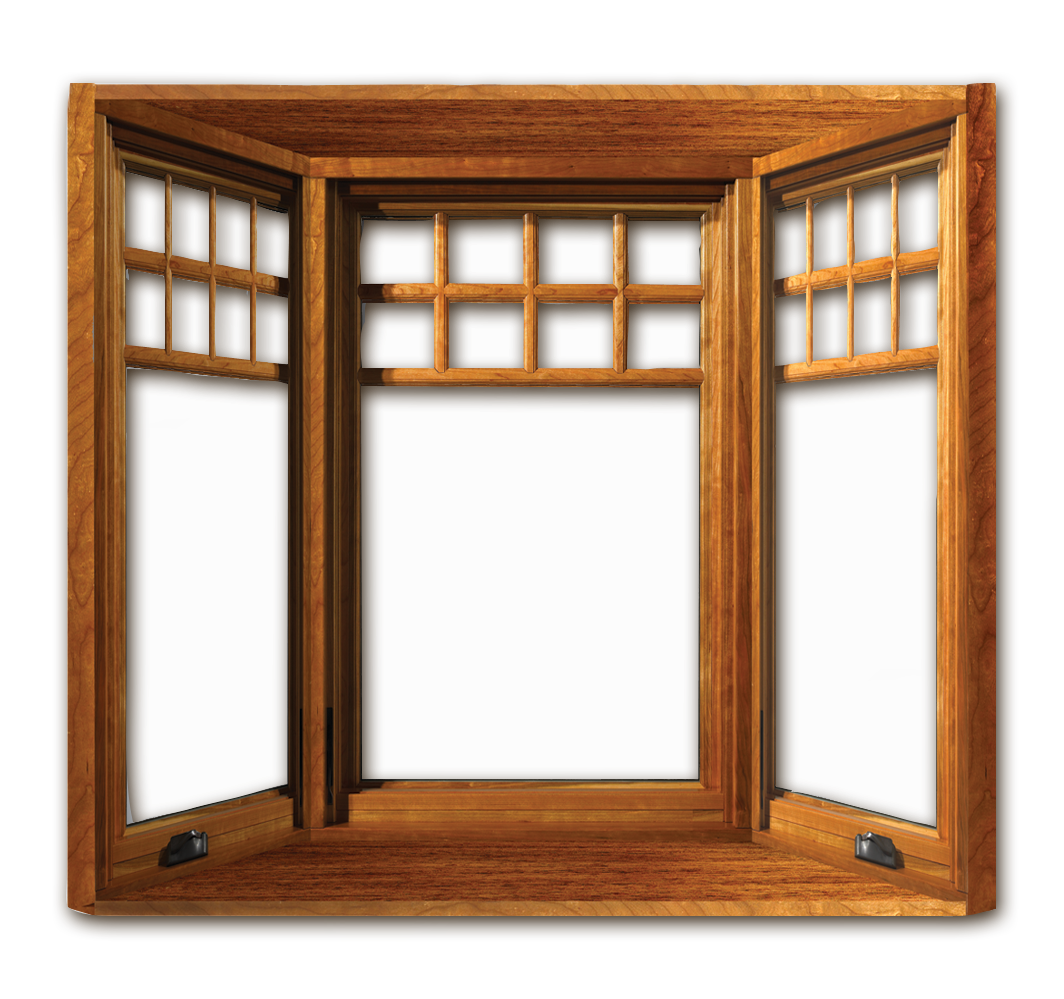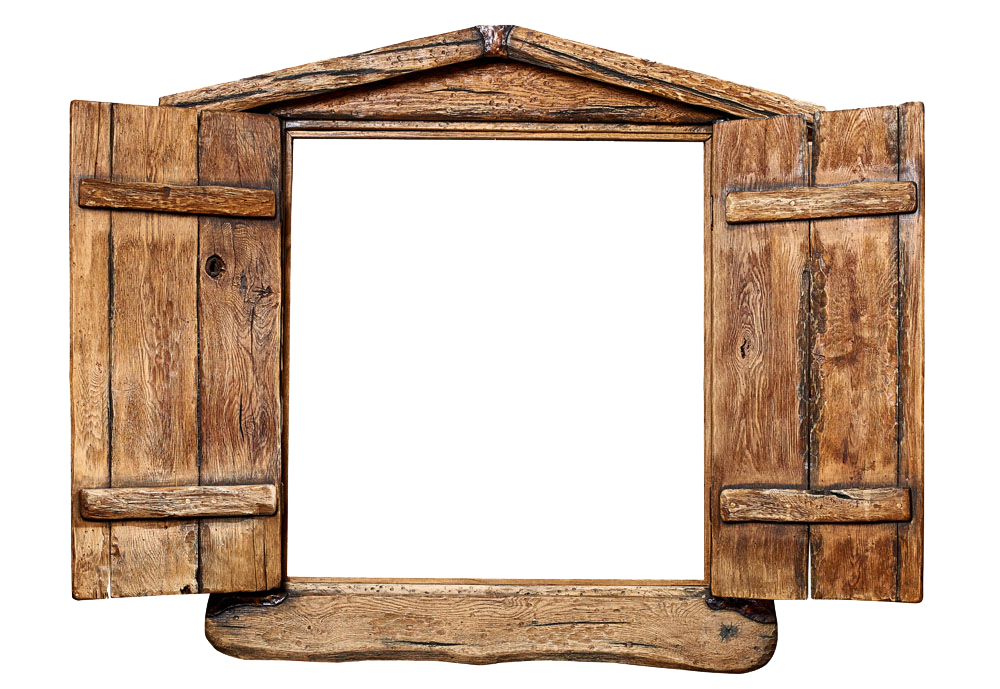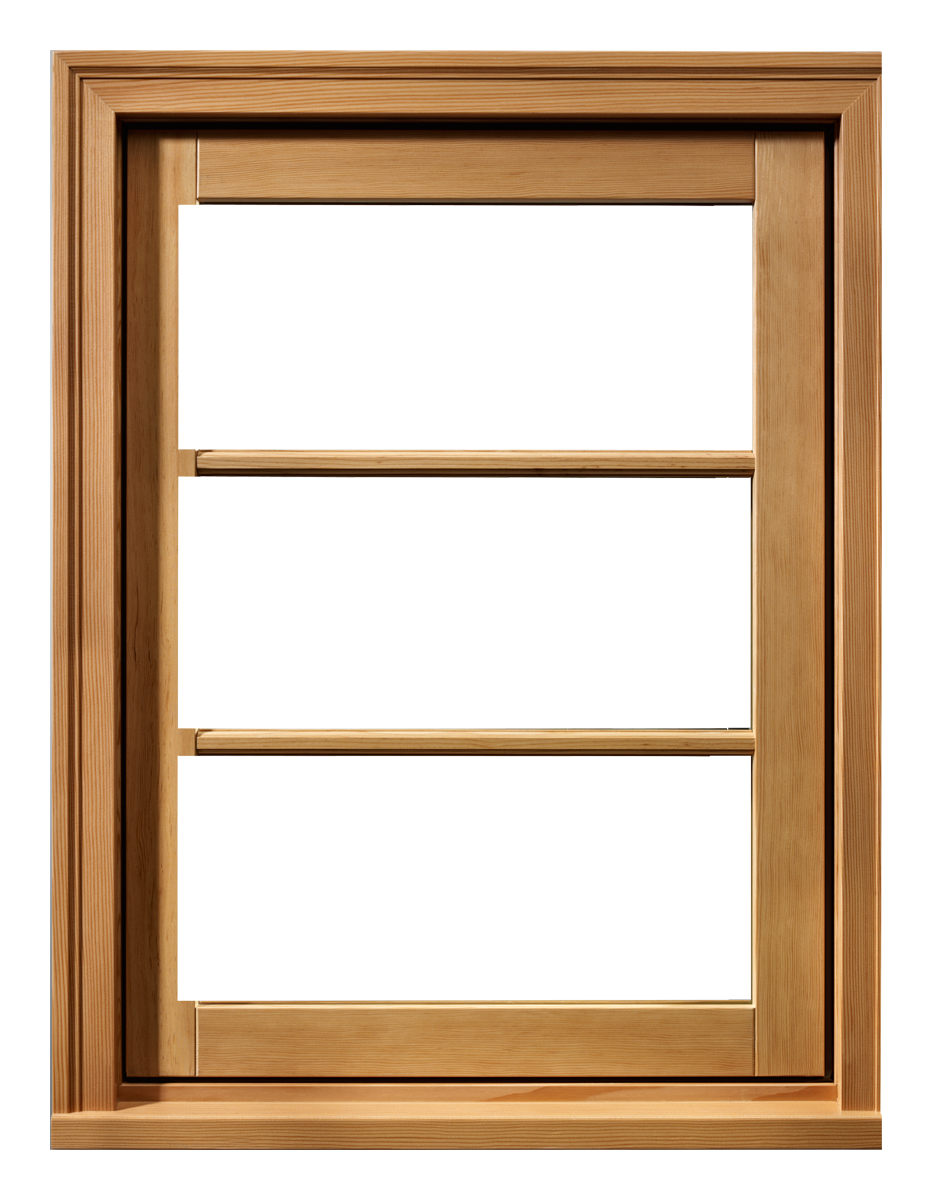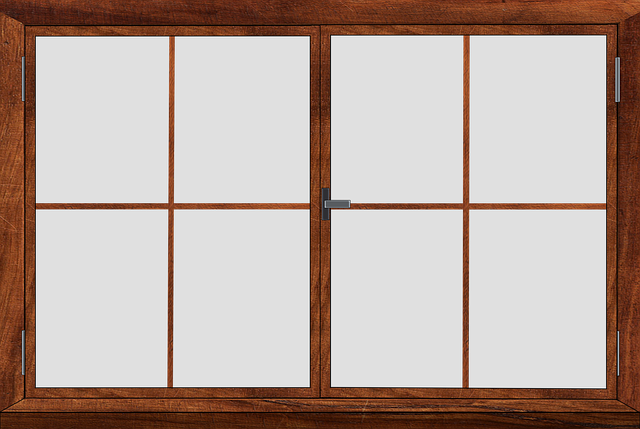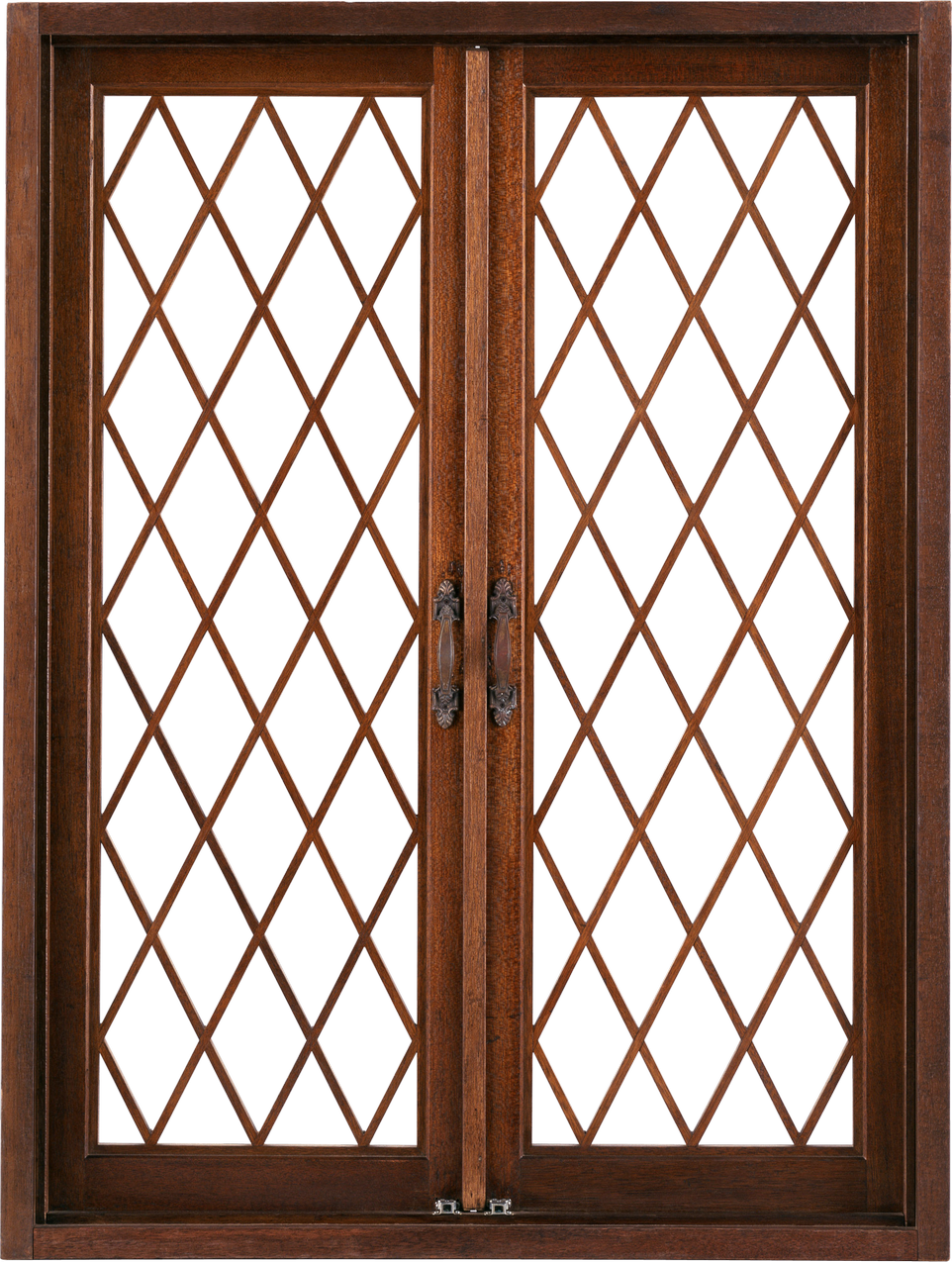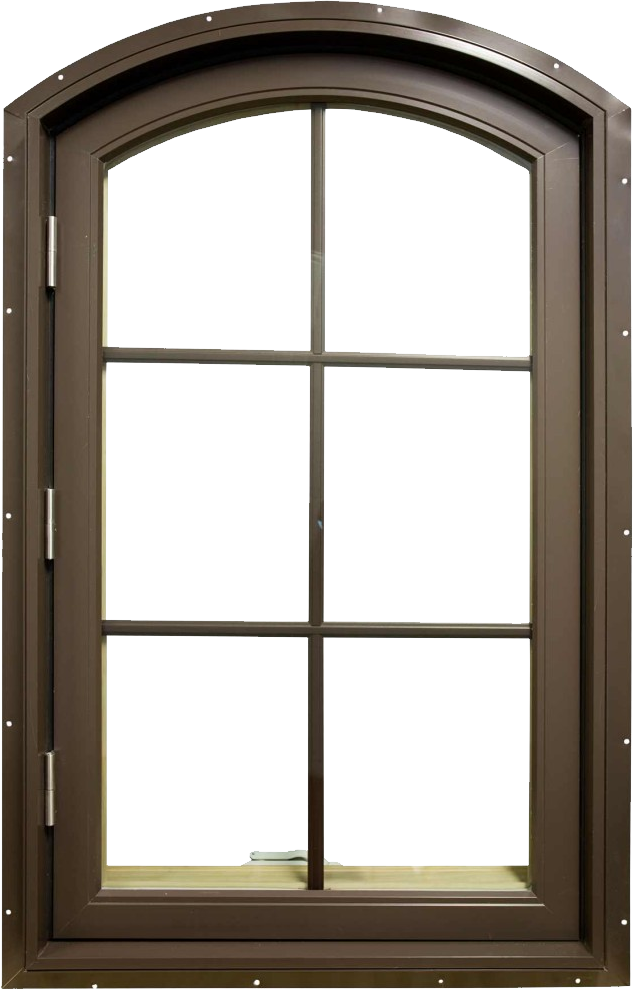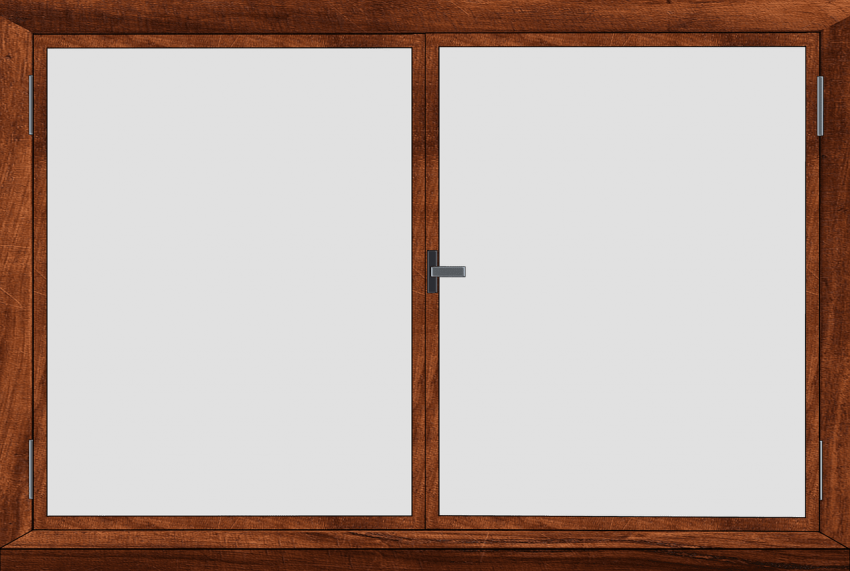Download top and best high-quality free Wood Window PNG Transparent Images backgrounds available in various sizes. To view the full PNG size resolution click on any of the below image thumbnail.
License Info: Creative Commons 4.0 BY-NC
A window is an aperture in a wall, door, roof, or vehicle that enables light to pass through while also allowing sound and air to flow through. A sash placed in a frame in the opening; the sash and frame are also referred to as a window. Modern windows are frequently glazed or covered with some other transparent or translucent material, a sash set in a frame in the opening; the sash and frame are also referred to as a window. Many glass windows may be opened or closed to allow for ventilation or to keep out adverse weather. A latch or similar device may be used to lock the window shut or hold it open by varying degrees.
Furthermore, many modern windows contain a window screen or mesh (typically made of aluminum or fiberglass) to keep pests and insects out when the window is opened.
The eyebrow window, fixed windows, hexagonal windows, single-hung and double-hung sash windows, horizontal sliding sash windows, casement windows, awning windows, hopper windows, tilt and slide windows (often door-sized), tilt and turn windows, transom windows, sidelight windows, jalousie or louvered windows, clerestory windows, roof windows, roof lanterns, bay windows, oriel windows, thermal, or Diocletian, windows, thermal, or Di
Glass for windows was initially used by the Romans, and it was most likely invented in Roman Egypt, at Alexandria, around 100 AD. Paper windows were common in ancient China, Korea, and Japan because they were cheap and easy to make. Glass was not widely employed in ordinary dwellings in England until the early 17th century, but windows constructed of flattened animal horn were used as early as the 14th century. Itinerant groups in the American west in the nineteenth century began to employ greased paper windows. Only once the industrial plate glass manufacturing methods were developed were modern-style floor-to-ceiling windows attainable.
The English term window comes from the Old Norse vindauga, which comes from the words vindr ‘wind’ and auga ‘eye.’ The Old Norse form has persisted to this day in Norwegian, Nynorsk, and Icelandic (in Icelandic only as a less often used term for a sort of little open “window,” not technically a synonym for gluggi, the Icelandic word for “window”). The word vindöga retains a name for a hole in a hut’s roof in Swedish, while the direct relationship to eye is lost in the Danish language vindue and Norwegian Bokml vindu, much as it is for window. The term is pronounced similarly to window in Danish (but not in Bokml).
The term “window” was initially used in the early 13th century to describe an unglazed opening in a roof. The Old English words eagyrl, which literally means ‘eye-hole,’ and eagduru, which literally means ‘eye-door,’ were replaced by window. However, many Germanic languages, such as standard Swedish fönster or German Fenster, acquired the Latin word fenestra to designate a glass window. The usage of window in English is most likely due to the Viking Age’s Scandinavian impact on the English language through loanwords. Until the mid-eighteenth century, the word fenester was used as a synonym in English. The term fenestration, which means ‘to throw out of a window,’ is still used to describe the arrangement of windows inside a façade, as well as defenestration, which means ‘to throw out of a window.’
Download Wood Window PNG images transparent gallery
- Wood Window Design PNG Cutout
Resolution: 624 × 403
Size: 58 KB
Image Format: .png
Download
- Wood Window Design PNG Images
Resolution: 700 × 700
Size: 284 KB
Image Format: .png
Download
- Wood Window Exterior PNG Photo
Resolution: 915 × 1364
Size: 1189 KB
Image Format: .png
Download
- Wood Window Exterior
Resolution: 904 × 1200
Size: 519 KB
Image Format: .png
Download
- Wood Window Exterior PNG
Resolution: 990 × 2576
Size: 2005 KB
Image Format: .png
Download
- Wood Window Exterior PNG Pic
Resolution: 1280 × 497
Size: 1236 KB
Image Format: .png
Download
- Wood Window Exterior PNG File
Resolution: 1280 × 959
Size: 368 KB
Image Format: .png
Download
- Wood Window Exterior PNG Image
Resolution: 960 × 540
Size: 501 KB
Image Format: .png
Download
- Wood Window
Resolution: 1280 × 1120
Size: 869 KB
Image Format: .png
Download
- Wood Window PNG
Resolution: 1045 × 1962
Size: 2471 KB
Image Format: .png
Download
- Wood Window PNG Pic
Resolution: 1280 × 898
Size: 1337 KB
Image Format: .png
Download
- Wood Window PNG File
Resolution: 1920 × 1684
Size: 1574 KB
Image Format: .png
Download
- Wood Window PNG Image
Resolution: 1156 × 1742
Size: 1992 KB
Image Format: .png
Download
- Wood Window PNG Photo
Resolution: 640 × 341
Size: 278 KB
Image Format: .png
Download
- Wood Window PNG Cutout
Resolution: 2426 × 1897
Size: 1663 KB
Image Format: .png
Download
- Wood Window PNG Images
Resolution: 1280 × 959
Size: 1398 KB
Image Format: .png
Download
- Wood Window PNG Photos
Resolution: 1914 × 1989
Size: 1556 KB
Image Format: .png
Download
- Wood Window Transparent
Resolution: 551 × 500
Size: 165 KB
Image Format: .png
Download
- Wood Window PNG Clipart
Resolution: 1025 × 683
Size: 803 KB
Image Format: .png
Download
- Wood Window PNG Picture
Resolution: 1064 × 999
Size: 894 KB
Image Format: .png
Download
- Wood Window Design
Resolution: 1000 × 689
Size: 772 KB
Image Format: .png
Download
- Wood Window Design PNG
Resolution: 932 × 1200
Size: 808 KB
Image Format: .png
Download
- Wood Window Design PNG Pic
Resolution: 640 × 429
Size: 218 KB
Image Format: .png
Download
- Wood Window Design PNG File
Resolution: 962 × 1275
Size: 1757 KB
Image Format: .png
Download
- Wood Window Design PNG Image
Resolution: 633 × 990
Size: 289 KB
Image Format: .png
Download
- Wood Window Design PNG Photo
Resolution: 850 × 571
Size: 346 KB
Image Format: .png
Download
